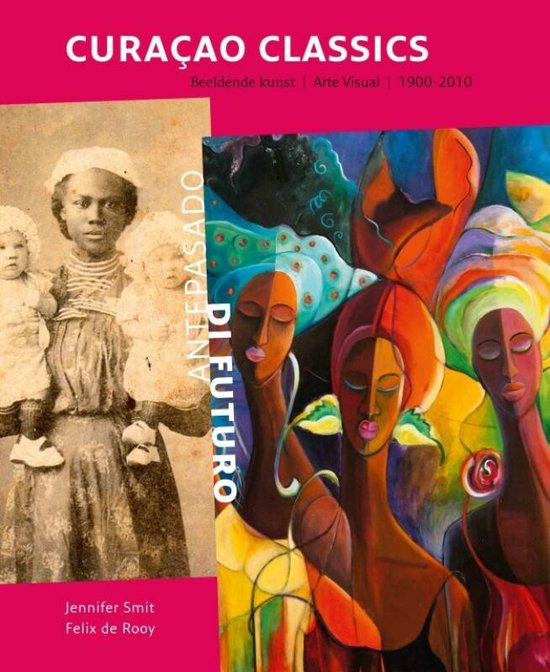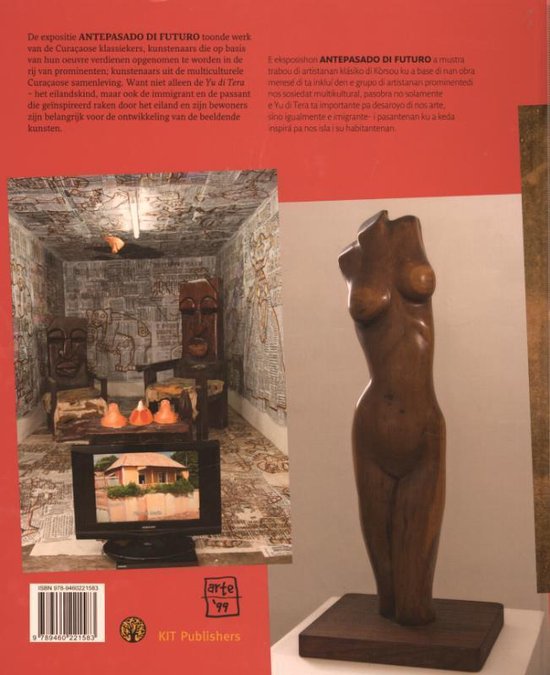The first Westerner to set eyes on Curaçao was Alonso de Ojeda; he registered the duality of the island with the words ''Isla de los Gigantes'' (Island of the Giants) at first sight, but later, ''Isla inutil'' (useless Island). This dual image of Curaçaoon the one hand unique and on the other hand uselesschanged little during the colonial ages. More than a century later, the French, the English and the Dutch acknowledged the strategic importance of this otherwise useless island as a trading base for the lucrative transatlantic slave trade.
The hybrid, multicultural, bastard culture of Curaçao to this day generates little respect from Western monocultural art policy. It is impossible to judge Caribbean art only from a Western perspective. The Wests limited view of the Visual Arts of Curaçao hides its Caribbean approach, an approach which finds a mirror in the hybrid Caribbean spirituality. The proverb: ''What you see is not always what you get'' illustrates the complexity of the Caribbean image idiom.
The artists who are spotlighted in this catalog are, on the one hand, ''Yu di tera'' (locals), and, on the other hand, foreign artists, migrants or passers-by who have left their mark on the cultural heritage of Curaçao. The multidisciplinary diversity of the Curaçao art panorama is an essential part of this manifestation and finds its reflection in the selection of the artists depicted in this volume.

